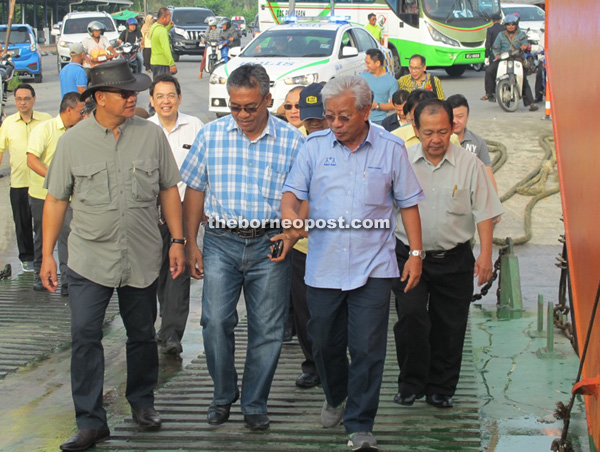
(From left) River Transportation and Safety Assistant Minister Liwan Lagang, Pelagus assemblyman Wilson Nyabong and Masing walking up the ramp onto the Muara Tuang ferry.
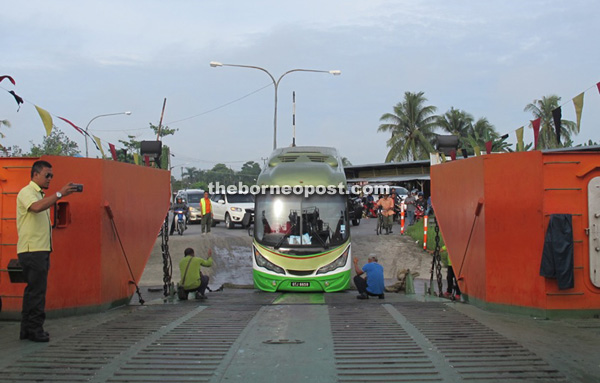
The bus facing difficulty to drive onto the ferry due to its low undercarriage.
IT has been a totally different but wonderful experience to be on the road with top state policy makers and implementers of infrastructure development in the state.
Infrastructure Development and Transportation (MIDT) Minister Tan Sri Datuk Amar Dr James Jemut Masing has arranged this trip to check on road connectivity along the coast, but also for him and his officers to see with their own eyes what is happening on the ground and to experience what it is like to actually travel on the coastal road.
To really get a taste of what the common people might experience, a bus was hired to carry MIDT officers, Public Works Department officers, consultants as well as journalists from The Borneo Post and Utusan Borneo.
It was not a smooth ride, especially the stretch from Beladin to Pusa. Due to the peat swamps, some parts of the road are sinking, resulting in an undulating road surface which made the journey bumpy and slow.
Another challenge the group experienced was the low undercarriage of the bus, making it difficult for the vehicle to drive on and off ferry ramps. On some occasions, wooden planks had to be used to assist the bus to get on the ferry.
So at every ferry crossing, all of the passengers on the bus would have to alight from the vehicle to lessen its weight to ensure that the bus could drive safely onto the ferry.
On the coastal road from Kuching to Pusa, it is a distance of 170 km with three ferry crossings — Muara Tuang Ferry Point, Batang Lupar Ferry Point and Batang Saribas Ferry Point — the missing links of the present coastal road.
For many who have not experienced it, ferry crossings may be an exciting experience, but for those such as a Beladin-boy, an IT engineer who wanted to be known as Muhammad, who has been travelling frequently between Sibu and Kuching due to his job, it is a hassle, especially at Batang Lupar Ferry Point.
“On a normal day, it takes an hour to cross the river. And on days when there is a king tide and the river water is choppy, the ferry point may be flooded. What is worst is that ferry parking will become a problem,” Muhammad told The Borneo Post yesterday when met at the Batang Lupar Ferry Point.
Muhammad who used to travel on the Pan Borneo Highway between Sibu and Kuching has now shifted to using the coastal highway.
“Travelling from Kuching to Sibu takes about the same time for both routes — six hours or so. For the Pan Borneo Highway, the problem is that sometimes traffic can be heavy and one cannot drive fast. For the coastal road, the problem is with the ferry crossing which sometimes may require a very long waiting time.”
“Though both routes take about the same time, travelling on the coastal road is more fuel efficient because most time is spent on waiting for ferry. So now I prefer the coastal road,” said Muhammad.
For Muhammad, the ferry crossing means a long wait but for the state government, ferry crossing means heavy subsidies. The state government has to foot a RM35 million bill annually to subsidise the seven ferry crossing services just along the coastal road.
“To me, building bridges is not throwing money into the rivers because bridges and roads will pay for themselves. What is throwing money in rivers is paying for the ferry services,” said Masing at a press conference at Pusa District Office yesterday.
Masing seems to be keen to fill in the missing links by building bridges instead of continuing to rely on ferry crossings.
Presently, Batang Sadong Bridge is already completed while Samarahan Bridge is still in progress.
In order to link Kuching to Bintulu by the coastal road, bridges must be built over seven rivers (excluding small ones) — Sungai Rambungan, Batang Lupar, Sungai Saribas, Sungai Krian, Batang Paloh, Muara Lassa and Batang Igan.
Three bridges are at the planning stage. The federal government has agreed to fund bridges for Sungai Rambungan (RM130 million) and Batang Igan (RM305 million), and half of the Batang Lupar Bridge which will cost RM1 billion.
“For the Batang Lupar Bridge, the state and federal government will share the cost of construction, meaning RM500 million each. Once it is completed, it will be the longest river bridge not only in Sarawak but Malaysia with its length of 5 km,” said Masing.
A total of RM3.135 billion is estimated to be needed to complete all seven bridges as well as the missing link connecting Sarikei to Tanjung Manis Road.
However, for Masing, Sarawak really needs more connectivity and if the building of roads and bridges can create marked economic development, then they deserve to be upgraded.
“We have travelled on the road and we have seen how people use the land along the road to plant vegetables and fruits. We did not pass through all the jungle. People have opened their land for agriculture, so the road is worth upgrading to allow the people to take advantage of the road to further expand their economic activities,” said Masing.
It is a fact there is a vast disparity between infrastructure development in Peninsular Malaysia and that in Sarawak. While its counterpart is enjoying mass rapid transit (MRT) services, Sarawak which has been producing oil and gas to fuel the nation’s development is still relying on ferries for river crossings and struggling to upgrade a single-lane coastal road.
What Masing said is true: “Sarawakians are too kind. We should now raise our hands higher to ask for more.”
There has been general frustration over the long-term neglect of Sarawak’s development where the revenue earned from oil and gas produced here has been channelled to the peninsula for its development.
Though Sarawak is a peaceful and friendly state, it is high time that Sarawak’s people, especially the coastal residents, make it known that we deserve better and more.
That is why, apart from all intentions to link the coastal road as well as to upgrade the Pan Borneo Highway, the state government is hoping to build a second trunk road, linking Samarahan to Roban in the first phase and Sebuyau to Sri Aman/Betong in the second phase.
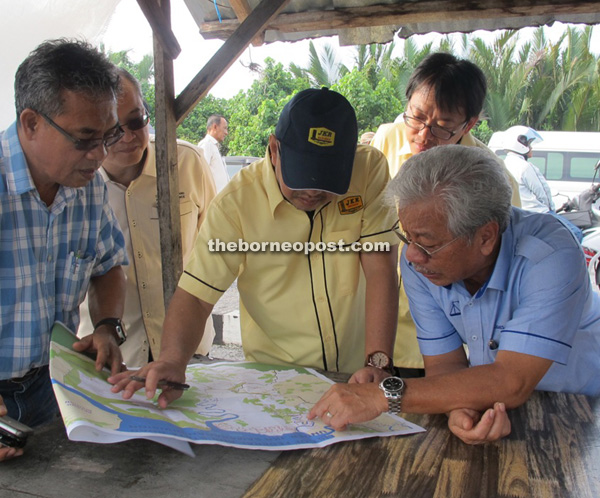
(From left) Pelagus assemblyman Wilson Nyabong, acting Public Works Department director Junaidi Shahdan and Masing in deep discussion.
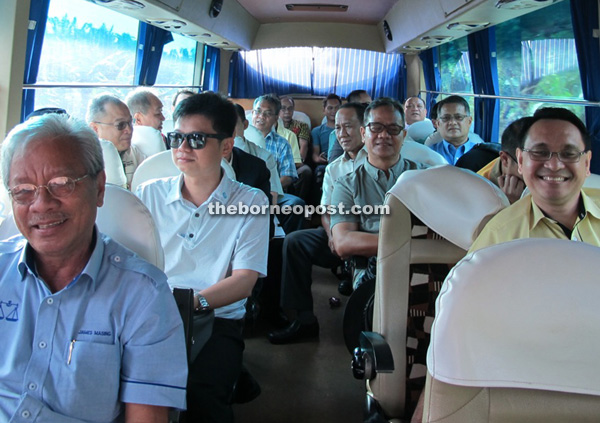
Masing (left), Parti Rakyat Sarawak assemblymen and his officers on the bus trip to survey the coastal road.
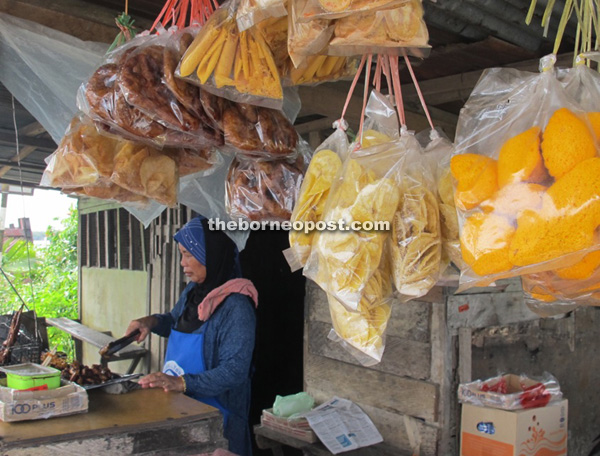
Stalls selling local snacks and delicacies are a common sight at ferry points.
